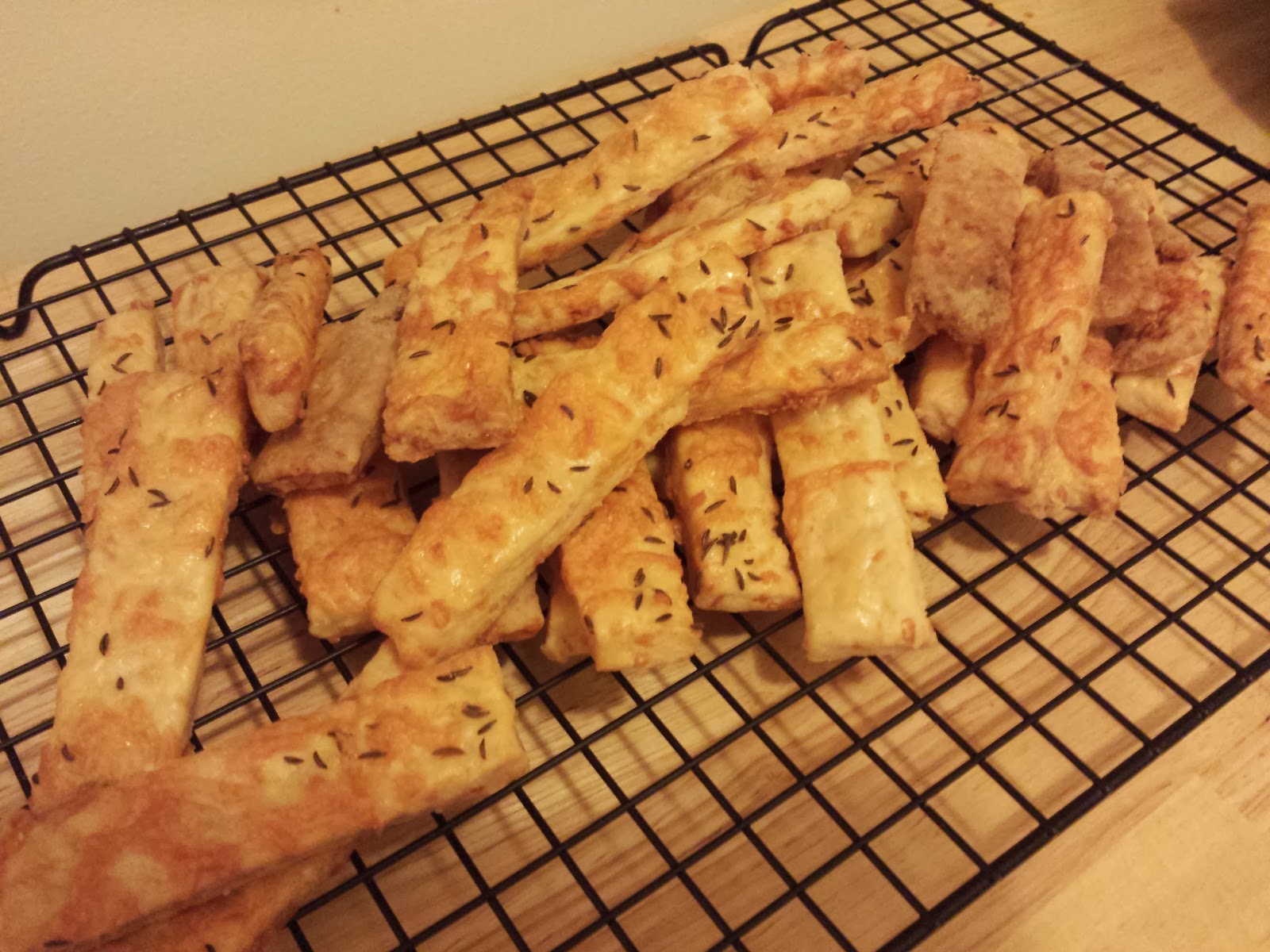Making Berkshire Lard at Home
When I started cooking with lard, I had a hard time seeing why people were so religious with their affection for lard pastries and pie crusts. It wasn’t until much later that I realized I was cooking with bad lard. The only lard I could find anywhere was a commercial brand mixed with the preservatives BTH and BHA to keep it from going rancid, plus hydrogenated fats. When I came around to real, natural lard from pasture-raised pigs, it was like a light bulb finally clicked.
.JPG) |
| Berkshire Lard |
Much like making your own stock, making lard is easy, requiring just a little effort and some time. The good news is that most of that time is leaving the lard alone on the stove to slowly render down. Plus, lard lasts a long time (especially frozen in mason jars), so I just make one large batch two or three times a year.
.JPG) |
| Thick block of back fat (L) and ropey sheets of leaf lard (R) |
Lard can be made with two types of fat: leaf lard, which is internal fat from around the kidneys, and back fat, which is the fat that lies just below the skin on the pig’s back and sides. Lard cognoscenti prefer leaf lard, which has a very delicate flavor and produces exceptionally flaky pie crusts. Lard from back fat shouldn’t be disregarded, as it is still a wonderful cooking fat and performs well in pastries.
Making lard only requires a heavy-bottomed pot and a strainer or sieve of some type. The pork fat will naturally render out its fat at low temperatures, but it helps to have a ½” of water in your pot. This water will keep the lard from sticking to the bottom of the pot and browning during the initial cooking. As the fat slowly warms and renders out the lard, the water will evaporate and leave behind beautiful, clear lard.
To help the lard render out quickly, it’s best to increase the surface area of the fat either by dicing the fat with a knife or extruding it through the smallest plate of a meat grinder. The first time I made lard I just chopped it into 1”x1” cubes, which produced great lard, but took a loooong time. The smaller the pieces of fat, the quicker the lard can render out.
Once the lard and starting water are simmering in a pot the process is pretty much hands off, aside from the occasional stirring of the pot. Keep the heat low; high heat will cause the fat to sear and brown, which isn’t terrible but will make the lard taste like roasted drippings, rather than a neutral fat. After about 2-3 hours of steady simmering, the cubes of fat will sink to the bottom of the pot and look almost translucent. This is when it’s time to pour off the lard. I put the bulk of my lard into 8oz and 16 oz mason jars, which makes it easy to measure out a cup or pound of fat for a recipe.
At the bottom of the pot will be all the small cubes of fat, which still have some fat in them. To extract all the fat from them, I wring them out in an old towel or press out the still warm lard using a potato ricer. This lard should be put aside for sautéing, as it has a stronger flavor than the lard that floated to the top of the pot.
.JPG) |
| Greaves, pressed of all their fat and ready to mix into cornbread or biscuits |
The leftover nubbins of fat, called greaves, shouldn’t be discarded; they’re a great addition to cornbread or a buckwheat pilaf. I add a 1/2 cup of greaves to my favorite cornbread recipe for a delicious batch of cracklin' cornbread!
Recipe at a glance:
Any quantity of pork back fat or leaf lard.
1.) Cut the fat into small cubes, or grind it using a meat grinder or pulsing in food processor.
2.) In a pot large enough to easily hold all of the diced fat, cover the bottom of the pot with 1/2" of water to keep the fat from sticking to the bottom of the pot. Add all of the fat and place the pot on the stove and turn heat to medium. Once the water beings to simmer, the fat will render out. Once all of the water has evaporated, there should be plenty of rendered fat to keep the fat moist and avoid sticking.
3.) Cook for 2-3 hours. If you're rendering out large cubes of fat, the rendering will go slower and additional time will be needed.
4.) When the cubes of fat have shriveled and sunk to the bottom, take the lard off the heat. Ladle off the liquid fat into clean mason jars. Once cool, screw lids onto the jars and refrigerate for three months or freeze to keep longer.
5.) At the bottom of the pot will be the greaves, which can be squeeze for the remaining lard. Save the greaves, which will add some fat and a good amount of flavor to dishes. Greaves freeze very well, just like lard.
.JPG)
.JPG)
.JPG)
.JPG)


Comments
Post a Comment